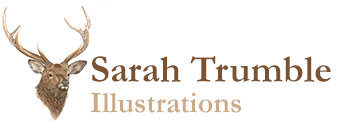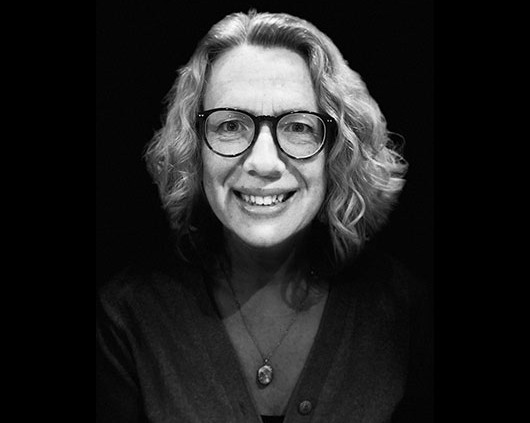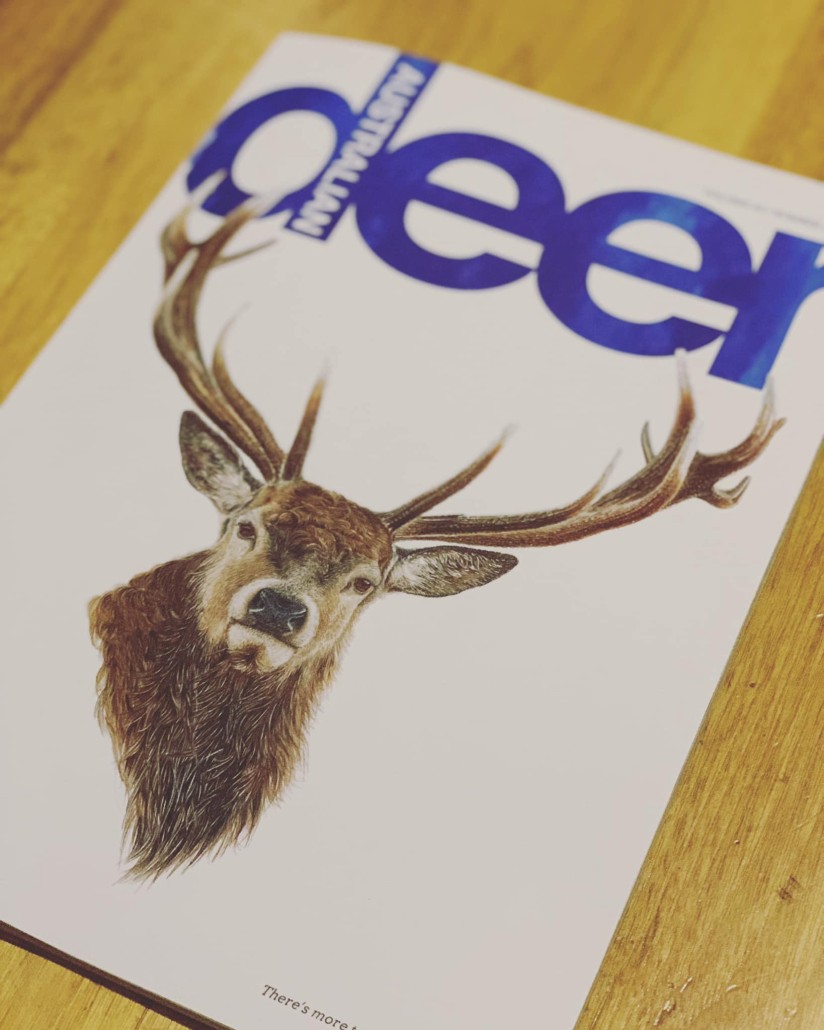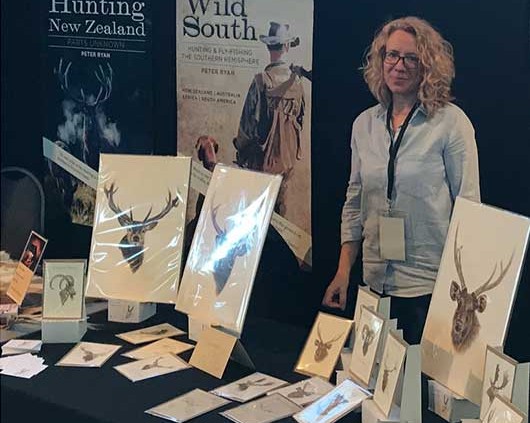Welcome to the captivating world of Sarah Trumble, a renowned Natural History Illustrator whose exquisite watercolour paintings blend scientific accuracy with aesthetic beauty, transporting viewers into a realm where art and nature converge in perfect harmony. Join us as we unravel Sarah’s inspiring journey from her roots in Leeds to her current home in the picturesque landscapes of Somerset, exploring her passion for illustration, her dedication to scientific accuracy, and her remarkable artistic revival after a hiatus spanning nearly two decades.
1. From Leeds to Somerset: A Journey of Artistic Evolution Born in the vibrant city of Leeds, Sarah Trumble’s artistic journey began at a young age, where she discovered her passion for drawing and painting. After earning an illustration degree at Blackpool and Fylde College of Art and Design, Sarah’s artistic odyssey led her to the serene countryside of Somerset, where she now resides, drawing inspiration from the natural beauty that surrounds her.
2. The Art of Natural History Illustration: Where Science Meets Aesthetics With a keen eye for detail and a desire for scientific accuracy, Sarah Trumble’s watercolour paintings capture the intricate beauty of the natural world with breathtaking precision. From delicate botanical studies to intricate anatomical renderings, Sarah’s artwork serves as a testament to her unwavering commitment to portraying nature’s wonders with authenticity and grace.
3. A Tale of Artistic Revival: Rediscovering the Joy of Painting After completing her training in 1996 and dedicating herself to raising a family, Sarah Trumble embarked on a transformative journey of artistic revival in 2013, reigniting her passion for painting after nearly two decades of hiatus. With each brushstroke, Sarah found solace, inspiration, and a renewed sense of purpose, embracing her creative journey with enthusiasm and determination.
4. Honouring a Mentor: David Johnston and the Power of Artistic Guidance Throughout her artistic journey, Sarah Trumble found inspiration and guidance in the teachings of her mentor, the late David Johnston, a distinguished parrot and macaw illustrator. Under his tutelage, Sarah honed her skills, learned the importance of observation and technique, and discovered the transformative power of art to inspire, educate, and uplift.
5. Embracing the Future: A Legacy of Artistic Excellence As Sarah Trumble continues to captivate audiences with her stunning artwork and unwavering dedication to her craft, her legacy as a Natural History Illustrator and artist of unparalleled talent continues to grow. With each new painting, Sarah invites viewers on a journey of discovery, inviting them to marvel at the beauty of the natural world and embrace the timeless allure of artistry in all its forms.
Experience the enchanting world of Sarah Trumble and discover the beauty of natural history illustration at its finest. Visit Sarah’s website here to explore her exquisite portfolio, learn more about her artistic process, and immerse yourself in a world where science, art, and beauty converge in perfect harmony. Join us as we celebrate the enduring legacy of one of Britain’s most visionary artists and embrace the boundless possibilities of artistic expression.

 Sarah Trumble | Wildlife Artist | Illustrator
Sarah Trumble | Wildlife Artist | Illustrator Sarah Trumble | Wildlife Artist | Illustrator
Sarah Trumble | Wildlife Artist | Illustrator Sarah Trumble | Wildlife Artist | Illustrator
Sarah Trumble | Wildlife Artist | Illustrator